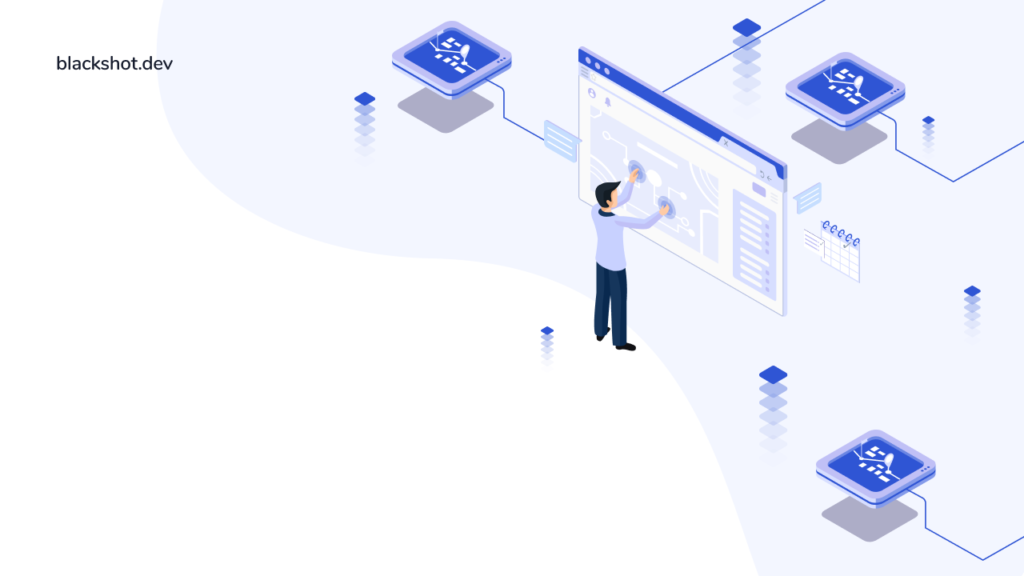
Have you ever visited an online store and added items to your cart only to drop it and never come back? We bet it is, because the average rejection rate for a basket of orders is almost 70%.
The best way to improve your conversion rate is to make the checkout process easy and effortless.
The checkout process is an essential part of any purchase process. Considering the effort you’ll have to put in to get people to your product pages, you don’t want the conversion to fail because the checkout process is confusing or involves unnecessary steps.
A report by the National Retail Federation found that 97% of consumers stopped buying because the service was not convenient enough. The good news is that customizing your checkout to eliminate common complaints can increase your conversion rate by 35%.
Let’s start with the most obvious things. The checkout process starts immediately after adding the product to the shopping cart. Therefore, you should encourage site visitors to add products to the cart using a clearly visible button.
It should be slightly larger/brighter/more colorful than the other elements on the product page. E-commerce CTA’s are simple and straightforward, as all it takes is to create an «add to cart» sign.
Once a customer selects an item, they should get a clear picture of the selected item before proceeding to checkout. This means displaying basic information, such as the number of selected items, sizes, colors, and other important details for that particular item.
To maximize conversion, e-commerce companies must maintain full transparency of the checkout process. According to a study by Ready Cloud, more than 60% of online shoppers report leaving a transaction due to additional costs (which most often appear in the form of delivery fees).
Online retail lives and breathes transparency. It is strongly recommended to clearly indicate even the smallest details and exclude any hidden fees throughout the entire queue at the checkout. The same goes for the refund policy, money back guarantees, etc.
Uncertainty is another thing that online shoppers hate, and it can seriously impair the conversion potential of your online store. Don’t leave customers confused about the delivery details, but rather explain the options to them and let them choose according to their preferences.
This is the step that will have the greatest impact on your conversion rate, so it’s definitely something you want to get right.
The common practice is that the form of payment always comes in the last stages of the checkout process. Leaving aside this most intuitive approach, the idea is that potential buyers are less likely to abandon the basket after going through all the previous steps (adding things to the basket, viewing items in the basket, choosing payment and delivery options, leaving delivery information).
These days, customers expect to have multiple payment methods. Although it depends on your financial management strategy, it is good to add all the major payment providers to the ecommerce store.
In addition, it is expected that online stores will only request the necessary information. First, it will speed up the checkout process and make it more convenient. Secondly, it will protect the privacy of users, which has become quite a big issue with the GDPR and all the recent hacking incidents where millions of users have been compromised with personal data.
Online retail companies that force customers to sign up see a much lower conversion rate than those that have guest receipts. According to this report from Baymard, almost 30% of potential buyers exit the checkout process because the store forces them to create an account.
The point is clear-mandatory registration causes the so-called “new account fatigue” and drives away potential buyers. While this can sometimes undermine your sales promotion or cross-selling activities, a guest checkout seems like the right way to go for modern retail, with the possible exception of stores that only sell high-priced items.
No matter how hard you try, most visitors will end up dropping the cart without completing the purchase. Your task is to make it easy to go back and buy the items left in the basket.
For example, you can save the contents of the shopping cart and help customers complete the transaction at a more convenient time for them. This is a neat tactic to win over customers, even if they initially refused to check in before signing up.
One interesting way to improve the checkout process for regular customers is to save their credit card information (you can ask them during the first purchase if they want you to remember their credit card information). If you do this, regular customers will not have to enter this information in any of their next purchases, which will speed up their shopping process.
In addition, you can also enable sentence writing, or use techniques such as automatic formatting or copy-and-paste to ensure easy completion upon return.
E-commerce stores should be optimized for cross-device browsing. Modern shoppers use the Internet on multiple devices and often switch between laptops, tablets, and smartphones. It should be noted that in 2021, mobile stores will account for more than 70% of global e-commerce sales.
Finally, to ensure a smooth and efficient checkout process, you need to eliminate unnecessary distractions. Customers only need to see the most important details of the order process. This includes only order reviews, delivery instructions, and payment details. Common distractions when placing an order include things like multiple CTA buttons, distracting layouts, any pop-up suggestions, forms with too many input fields, and the like.
Optimizing checkout is a cornerstone of digital retail, but it requires a detailed action plan that promises to increase conversion in the long run.
BlackShot.dev will help make the checkout process on your e-commerce site simple and efficient.